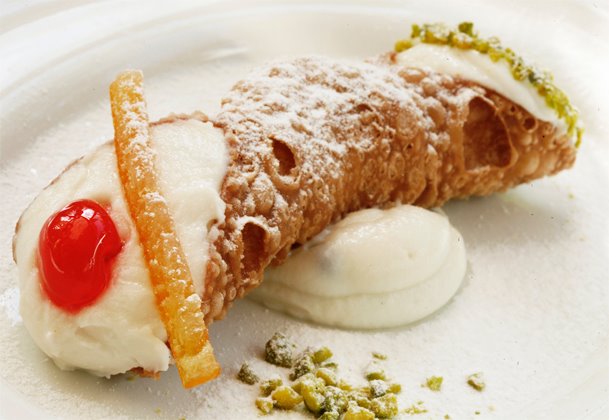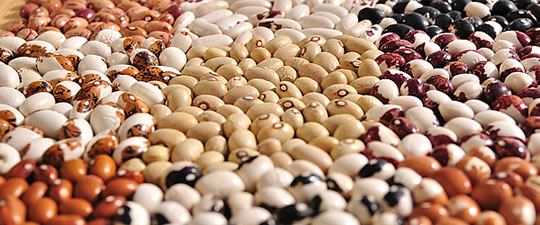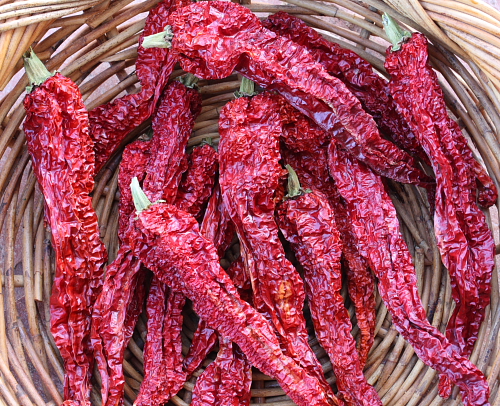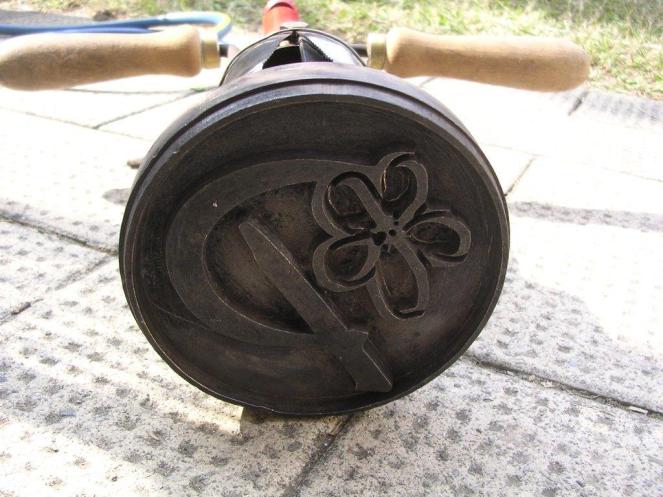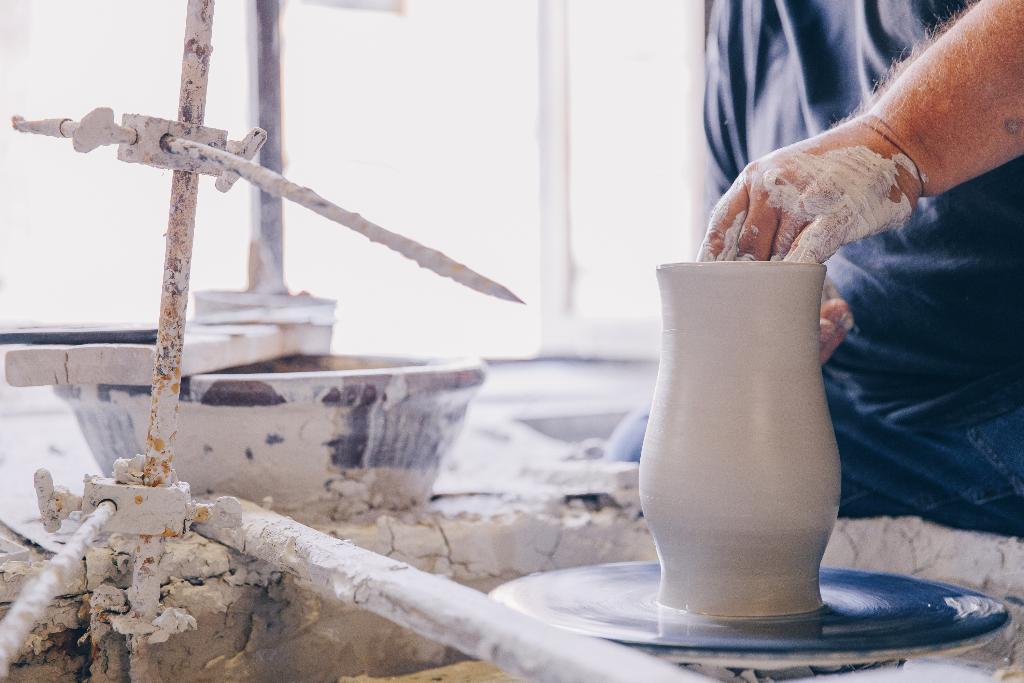In Dattilo, a hamlet in the municipality of Paceco (Trapani), the art of pastry making and the production of the Sicilian cannolo has become so specialized that it is known throughout the island.
It was originally a traditional island carnival dessert, but its goodness, with the passage of time, has lost this aspect to become an example of Italian pastry art in the world.
Their origin is quite ancient; Cicero already spoke of them in Roman times; it is made of a 15-20 cm long wafer of fried dough called scòrza, with a diameter of 4-5 cm, filled with a dough made of sheep’s milk ricotta.
For the zest, small disks of dough are formed from wheat flour, wine, sugar, and which are rolled on small metal tubes and then fried in lard or oil.
At one time the dough was rolled on small cylinders made by cutting out river reeds, which gave the dessert its name.
The traditional filling consists of sifted and sweetened sheep’s milk ricotta, to which candied fruit and sometimes chocolate chips are added, before a dusting of powdered sugar.
It is important that cannoli are filled at the time of eating because, as time passes, the moisture of the ricotta is absorbed by the wafer causing it to lose its crispness.
To avoid this, some pastry chefs coat the inner surface of the cannoli with melted chocolate: in this way, the wrapper does not get soaked remaining crispy for longer.
The preparation of the Cannolo and its wrapping (zest or scorcia, in Trapanese dialect) is secret and jealously guarded by each producer.
– See more at: http://www.mondodelgusto.it/prodotti/2542/cannoli-dattilo-trapani#sthash.v5PkVtwx.dpuf
